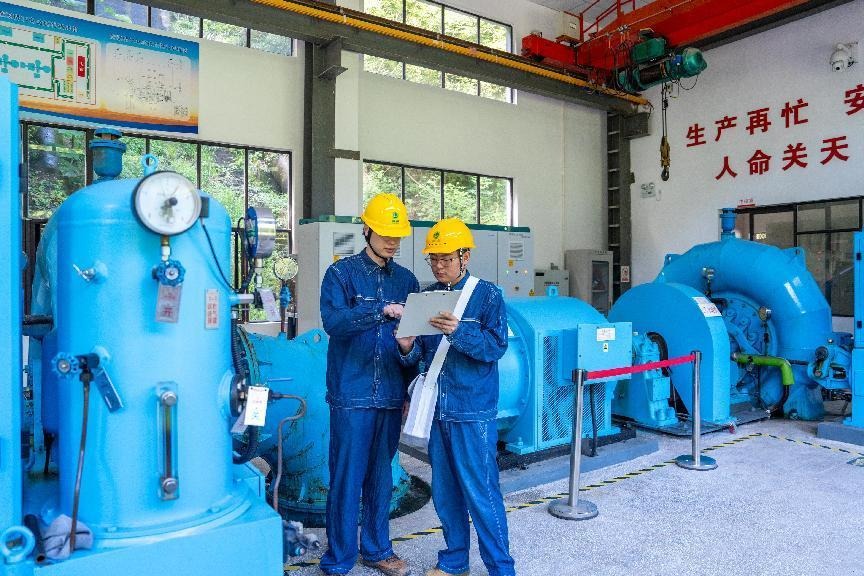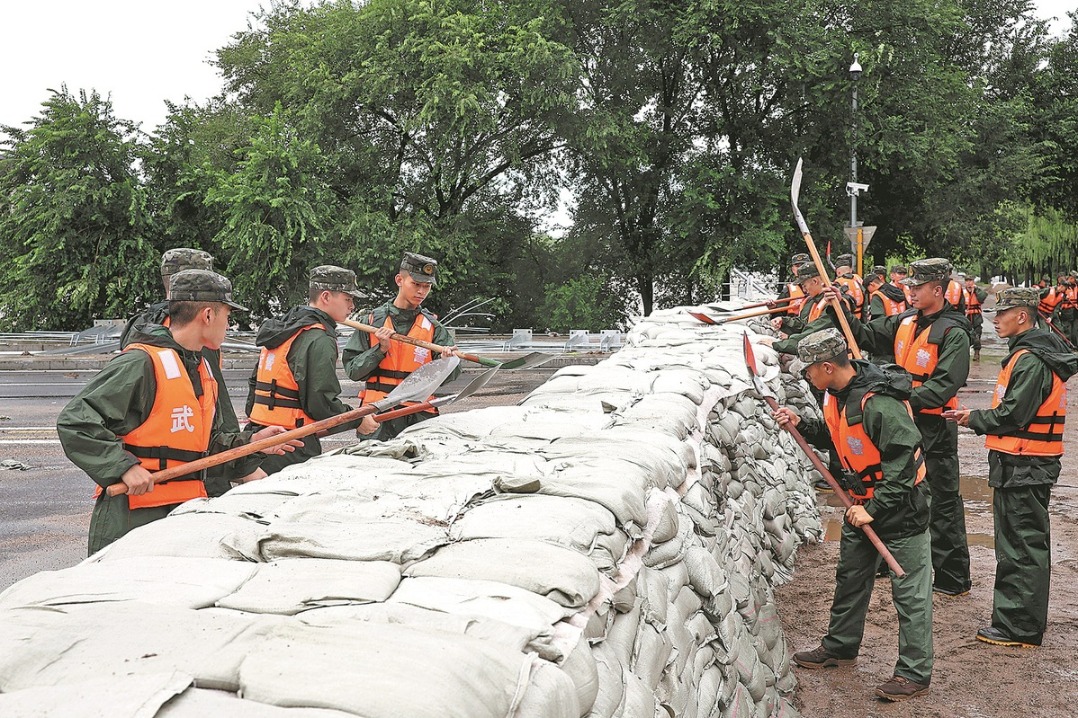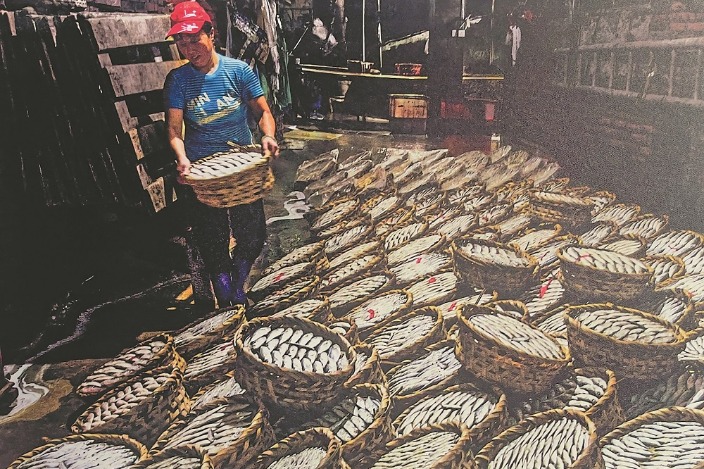Fujian and Ryukyu, a friendship that has stood for over 500 years
Bond strengthened by mutually beneficial exchanges, shared cultural heritage


Great migration
In 1392, Zhu Yuanzhang (1328-1398), the first emperor of the Ming Dynasty, began to improve Ryukyu Kingdom's maritime and shipbuilding industries.
So he gave the kingdom numerous sea vessels to facilitate trade exchanges, and dispatched Fujian's boatmen and sailors to settle in Ryukyu and facilitate travel back and forth for the paying of tributes.
Those sent from Fujian represented 36 Chinese family names, and included well-known surnames such as Cai, Zheng, Jin and Lin.
The migration marked the only officially organized migration in China's history and had a profound impact on Ryukyu's political, economic and cultural development. It also gave rise to the earliest community of Chinese descendants in Ryukyu, officials and experts said.
Cai Hongheng is one of the most famous Chinese descendants who was loved by people in Ryukyu and Fujian.
Known by the locals as Cai Fu Ren, or Madame Cai, she was an expert in embroidery, and was once given an award by the emperor for her excellent work in making a gown for him.
She later settled in Meihua and dedicated herself to teaching locals her embroidery techniques until she died.
The locals worshipped her by building and maintaining temples to keep her memory alive.
"Meihua town preserves historical sites such as the Temple of Madame Cai, which are not only renowned locally for thriving worship, but have attracted spontaneous pilgrimages from across China and abroad since the 1970s," said Lai Zhengwei, a history professor at Fujian Normal University.
As part of local efforts to build on Cai's legacy, the renovation of the Temple of Madame Cai is underway.
"We extend our gratitude to those involved for not only preserving the Temple of Madame Cai but also revitalizing the Meihua area. I believe more visitors from Okinawa will come to visit in the future," said Uezato, the Japanese scholar.
Ye Jianwen, head of Meihua town under Fuzhou's Changle district, said the town has developed its own methods to improve preservation of cultural relics, such as online and written questionnaires, officials' on-site meetings, and face-to-face sessions to solicit opinions.
"Since last year, we have invited over 1,000 participants including experts, scholars, community elders and villager representatives for surveys and exchanges," he said.
"Our priorities have focused on excavating the historical culture of the ancient town, reinforcing ancient structures, protecting infrastructure and facilitating the revitalization of rural areas," he added.























